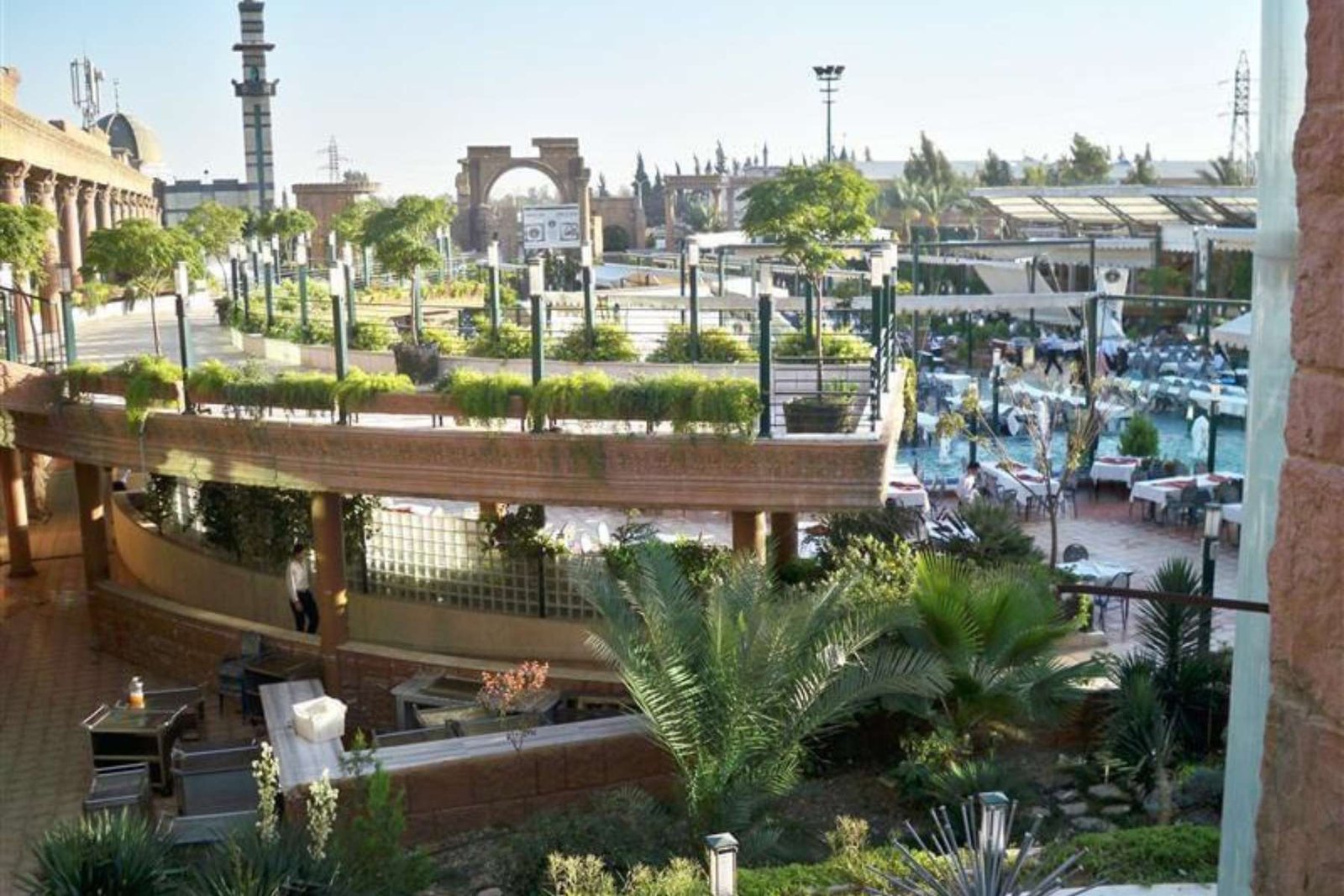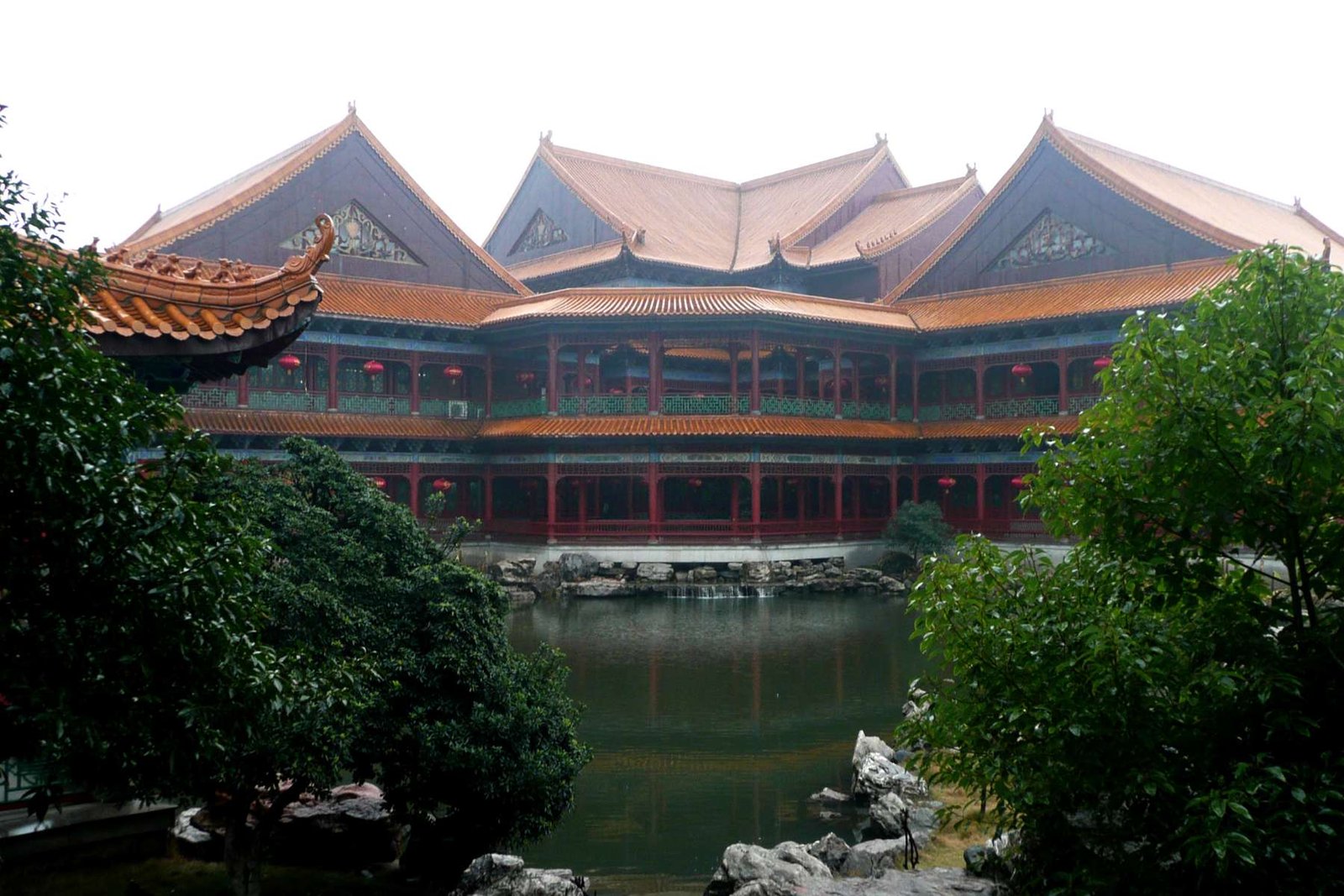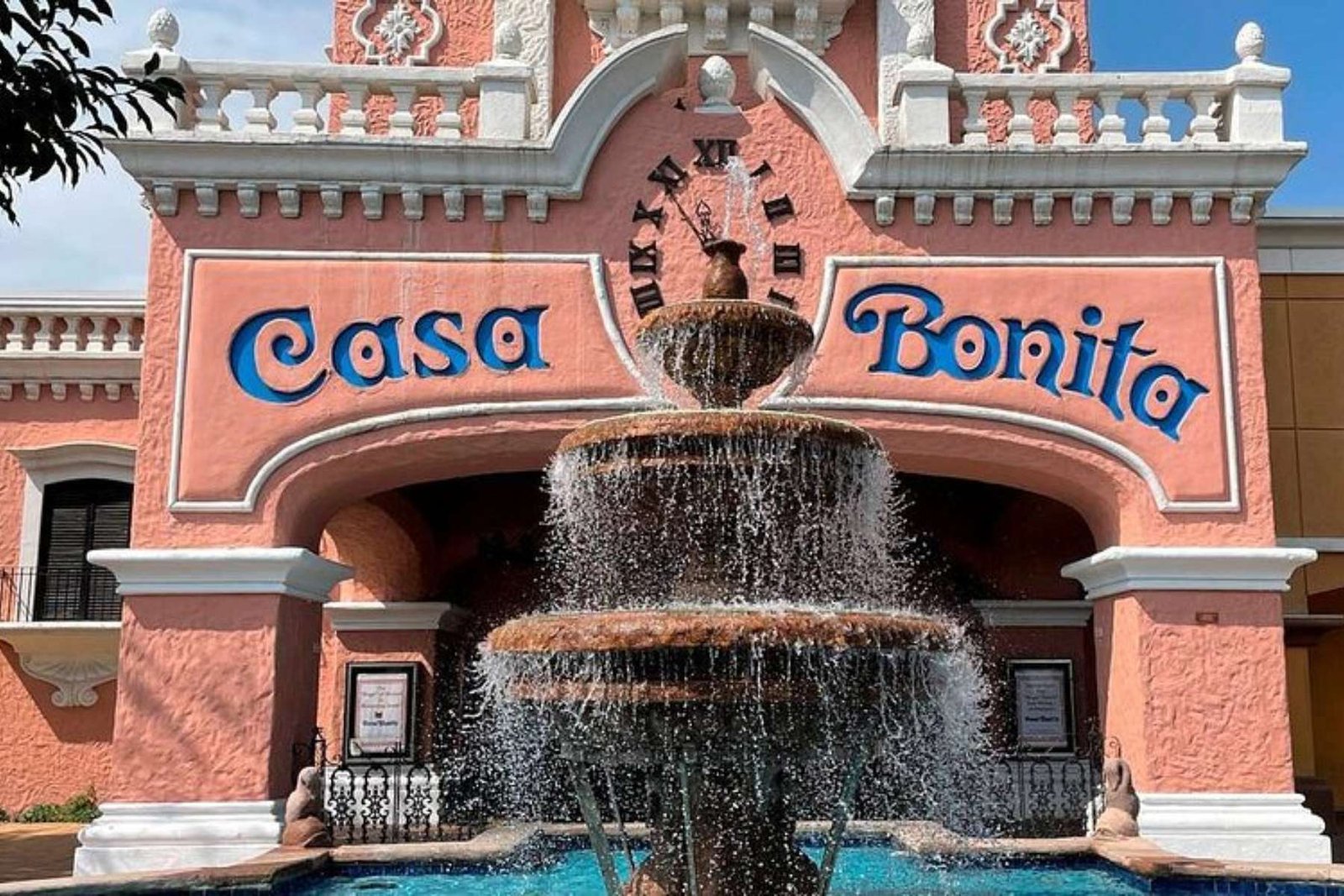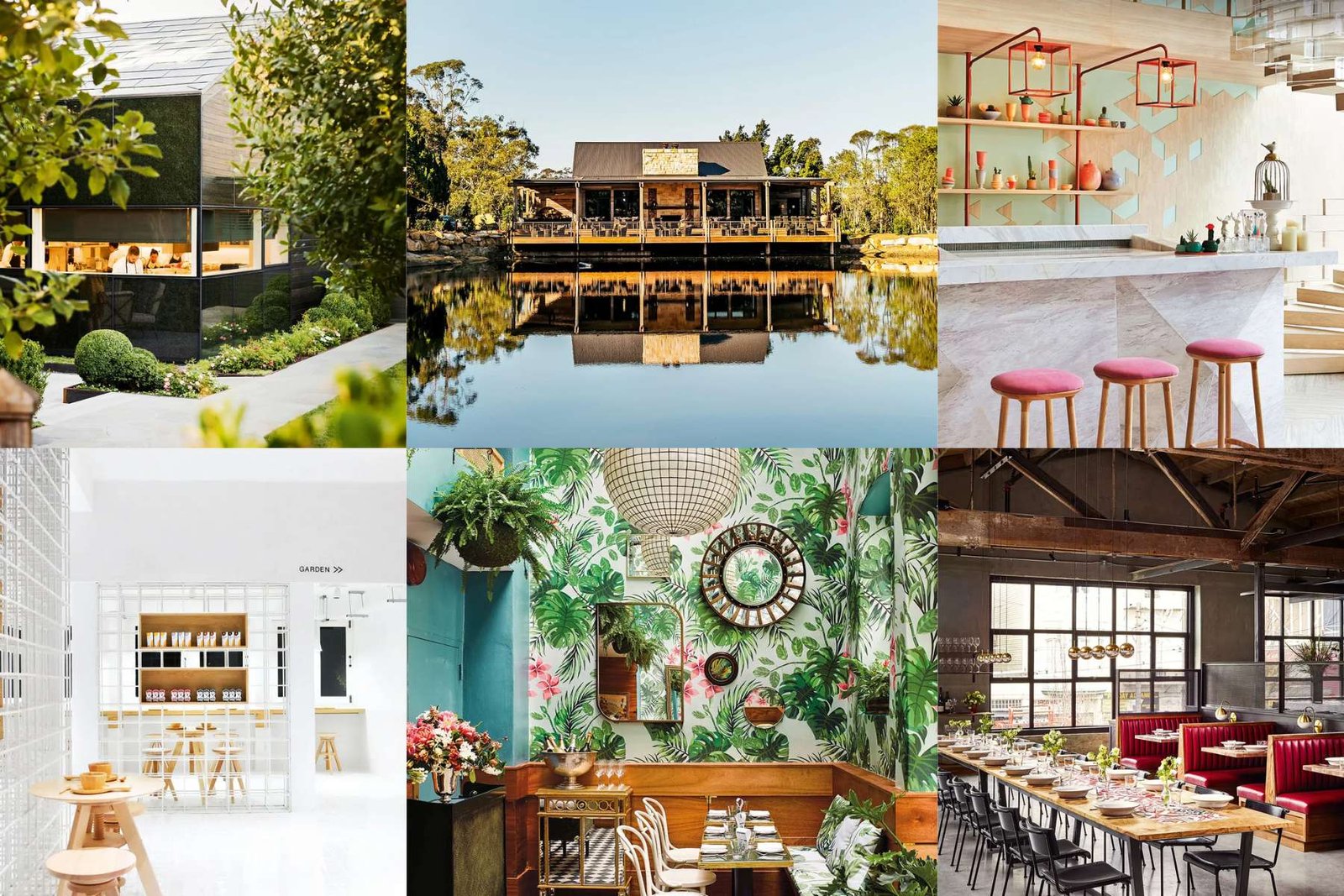Eating out is more than a meal; dining out is the experience. For some travelers and food enthusiasts, the dining experience is more than the menu; it includes the scale, architecture of the restaurant, and atmosphere. Across the world, there are establishments so formidable that they are able to host thousands of guests, entertain them, and even act as a mini city. Welcome to the land of food giants – let’s check out the biggest restaurants in the world.
What Makes a Restaurant “Big”?
When we talk about big restaurants, we’re not only referring to square footage. Size can also refer to seating capacity, volume of meals served per day, diversity of services, and staff strength. Some of these establishments operate like mega-hospitality complexes with concert stages, banquet halls, multiple kitchens, and sprawling dining areas.
Let’s take a tour through some of the largest and most fascinating restaurants that have set world records and redefined what dining out looks like on a massive scale.
1. Bawabet Dimashq (Damascus Gate), Syria

Topping the list of the biggest restaurants in the world is Bawabet Dimashq, or Damascus Gate Restaurant, located in Syria. Recognized by the Guinness World Records, this restaurant can serve over 6,000 guests at once, spanning across 54,000 square meters.
Opened in 2002 in Damascus, the restaurant is designed with traditional Arabic architecture and includes fountains, gardens, and even miniature replicas of historic sites. With over 1,800 staff members and more than ten distinct dining sections representing various cuisines, Damascus Gate offers an unforgettable experience not just for the food but for the atmosphere and service scale.
2. Royal Dragon Restaurant, Thailand
Situated in Bangkok, the Royal Dragon Restaurant was once the world’s largest seafood restaurant. It has a capacity of around 5,000 diners and is spread over 8.35 acres. The restaurant was particularly famous for its unique serving style—waiters dressed in traditional Thai attire roller-skating or flying on zip lines to deliver food!
The Royal Dragon combined elements of a theme park and a food hub. Its massive size allowed for multiple live entertainment stages, and its expansive kitchen staff catered to Thai, Chinese, Japanese, and Western cuisines. Though its prominence has declined in recent years, it remains a shining example of extravagant dining.
You Must Read: All you need to know before financing a New Restaurant
3. West Lake Restaurant, China

Located in Changsha, Hunan province, the West Lake Restaurant is often listed among the biggest restaurants in the world due to its jaw-dropping seating capacity of nearly 5,000. With over 300 private dining rooms and several banquet halls, it’s a popular venue for weddings, corporate gatherings, and cultural performances.
This restaurant showcases the rich culinary traditions of China and focuses on offering personalized service at scale—something most eateries struggle with. Incredibly, the restaurant maintains high standards of quality and presentation despite serving thousands each day.
4. Izmailovo, Moscow, Russia
Another entry on the list of the biggest restaurants in the world is the sprawling banquet complex at the Izmailovo Kremlin in Moscow. This location is a cultural and architectural marvel, housing multiple dining facilities within a themed village setting.
Though not a single restaurant, the entire complex can seat thousands across various halls and event spaces. From traditional Russian feasts to medieval-themed dinners, the Izmailovo complex blends culture and cuisine into a truly grand experience.
5. Casa Bonita, United States

Located in Lakewood, Colorado, Casa Bonita may not be the largest by square footage or seating, but its immersive environment earns it a place among the most iconic large restaurants. Built like a Mexican village inside a building, the restaurant can host over 1,000 guests and features a 30-foot indoor waterfall, arcade games, puppet shows, and cliff diving performances.
Casa Bonita recently regained attention after being acquired and revamped by “South Park” creators Trey Parker and Matt Stone. The restaurant offers more than food—it’s a family entertainment venue and a piece of pop culture history.
Why Are These Restaurants So Popular?
These enormous restaurants aren’t just successful because of their size—they offer something more: spectacle. Whether it’s the ability to serve thousands seamlessly, offer multiple cuisines under one roof, or provide unique cultural experiences, they go beyond the average dining establishment.
Here’s what sets the biggest restaurants in the world apart:
- Cultural storytelling: Many large restaurants reflect the traditions and heritage of their region.
- Entertainment: From live performances to indoor waterfalls, they mix fun with food.
- Diverse cuisine: With huge kitchens and specialized chefs, variety is their strength.
- Event hosting: Large venues are perfect for weddings, conferences, and social gatherings.
Also read: How to Ensure Your Hotel Is A Success?
The Economics Behind Large-Scale Dining
Running one of the biggest restaurants in the world is no small feat. It involves:
- Massive staffing: Some have thousands of employees working in shifts.
- Logistical precision: Ingredient sourcing, food prep, and guest coordination must be finely tuned.
- Maintenance costs: Cleaning, repairs, utilities, and upkeep can cost millions annually.
- Innovative management: From tech-enabled reservations to automated kitchens, large restaurants must continually innovate to remain efficient.
Despite the overheads, these businesses often operate successfully by leveraging high turnover, hosting events, and offering premium experiences.
Is Bigger Always Better?
While the grandeur of these dining giants is impressive, not everyone prefers dining in a vast setting. Some customers value intimacy, personalized service, and quiet ambiance—qualities often lacking in massive restaurants. However, if you’re looking for an unforgettable, larger-than-life dining experience, visiting any of the biggest restaurants in the world is bound to leave a lasting impression.
Conclusion:
From the massive dimensions at the Damascus Gate to the immersive entertainment at the Casa Bonita, the biggest restaurants in the world tell hospitality, or should we say a new form of hospitality. They serve many people at once and try to maximize flavor, experience, and service. With travel becoming increasingly more experience-driven, these massive restaurants will continue to attract tourists, locals, and food lovers alike and ultimately offer meals that not only satisfy your stomach but also nourish your soul.









